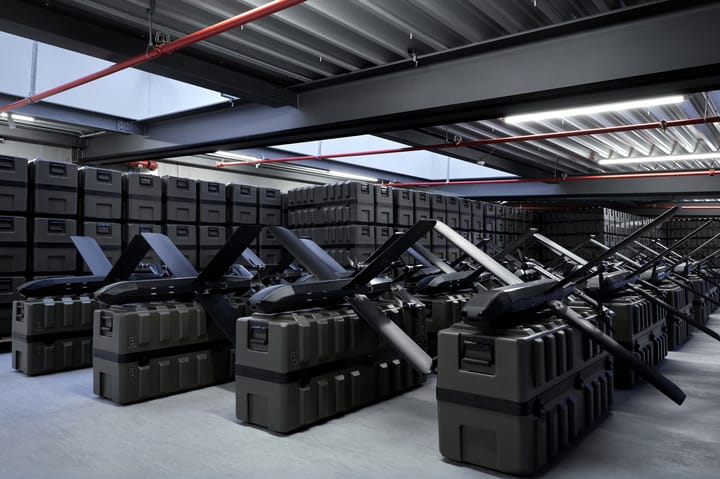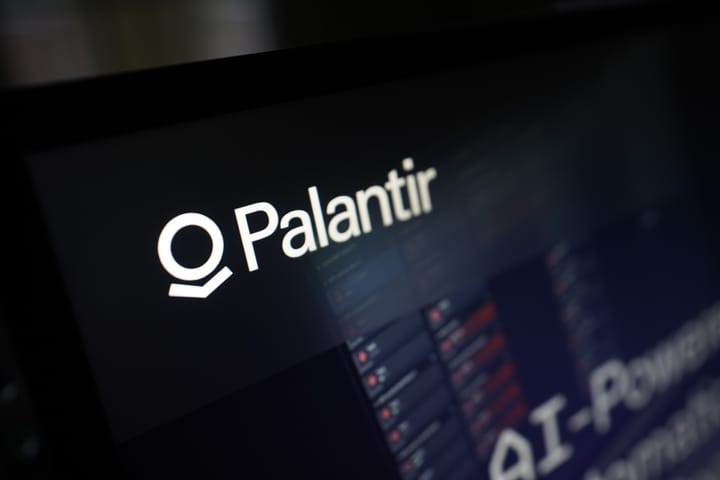Anduril Barracuda-M Missiles: Scalable Cruise Weapons for Modern Warfare
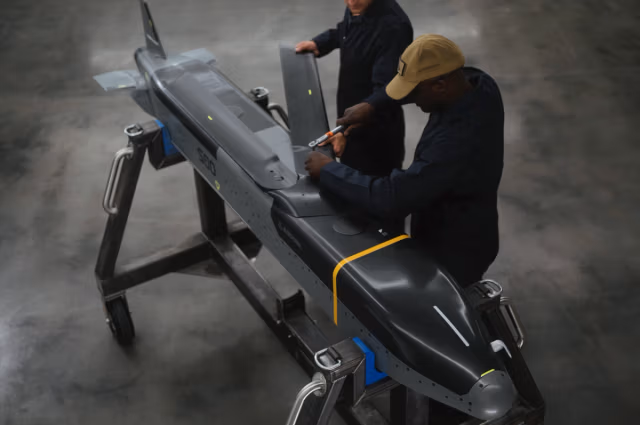
Anduril Industries calls it a new generation of cruise missiles — designed not for rarity, but for scale. The Barracuda-M family marks a shift in defense manufacturing: from complex, expensive, one-off systems to weapons built for mass production, modularity, and rapid deployment.
The concept is simple. In a modern conflict, the limiting factor is not technology — it’s quantity. Barracuda aims to solve that.
A Family Built for Scale
The Barracuda-M lineup includes three variants:
| Variant | Range (Air-Launched) | Payload | Role |
|---|---|---|---|
| Barracuda-100 | 120+ nautical miles | ~40 lb | Tactical strikes, short-range missions |
| Barracuda-250 | 200+ nautical miles | ~35 lb | Mid-range precision missions |
| Barracuda-500 | 500+ nautical miles | 100+ lb | Long-range and loitering strikes |
All share a common architecture, meaning most parts, electronics, and subsystems are identical across the family. This standardization is what enables true industrial scalability.
Designed for Hyper-Scale Production
Anduril says Barracuda is built in 50% less time, using 95% fewer tools, and 50% fewer parts than traditional cruise missiles.
The goal: produce at a rate matching the pace of modern warfare.
The company designed the missile around manufacturability first — fewer unique components, simplified assembly, and flexible production lines. Every detail, from body panels to electronics, was selected for speed and cost-efficiency.
Barracuda is not meant to be rare. It’s meant to be available — in quantity.
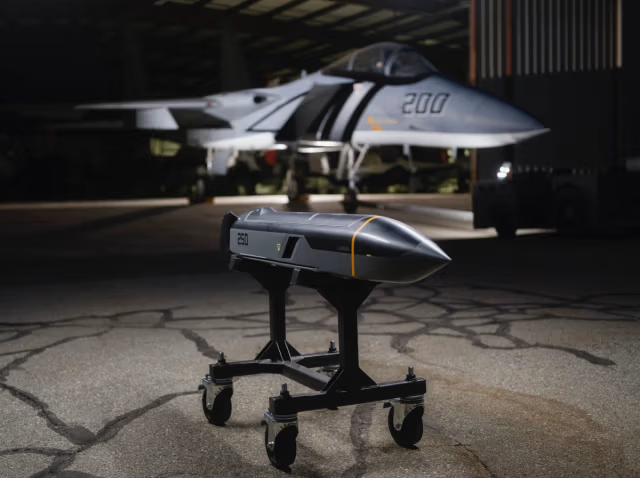
Flexible Launch Options
Each variant is multi-platform. Barracuda can be launched from:
- Fighters and bombers (internal or external carriage)
- Rotary aircraft
- Ground vehicles
- Sea platforms
- Palletized systems (C-130, C-17 via “Rapid Dragon”-style deployment)
The Barracuda-500 even includes a surface-launched version, extending strike capability to ships or mobile ground units.
Smart, Modular, Adaptable
All Barracuda models run on Anduril’s Lattice OS, a mission autonomy software that allows multiple missiles to work together — scouting, striking, or decoying in coordinated formations.
The architecture is open and upgradeable, meaning sensors, payloads, and mission modules can be swapped or updated without redesigning the entire system.
In Anduril’s words, Barracuda is “a software-defined weapon system.”
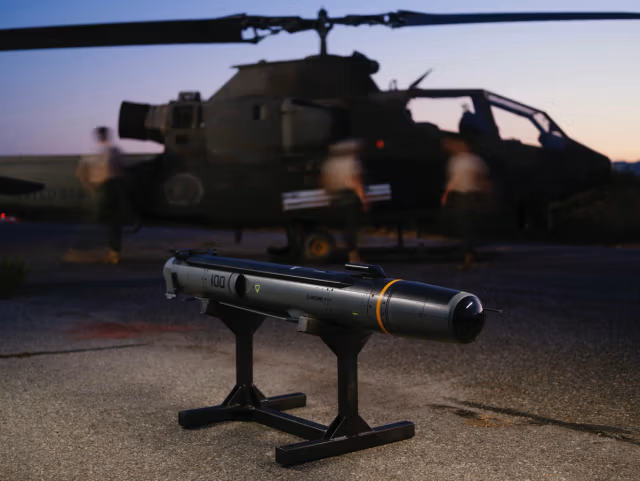
Why It Matters
Traditional cruise missiles are precise but expensive and slow to build. Barracuda reverses that equation. It’s not the “exquisite” tool for one target — it’s the scalable weapon for many.
By focusing on common parts, software integration, and assembly speed, Anduril positions Barracuda as a response to the new industrial reality of warfare:
when production speed is as important as performance.
Official Source
All data and statements from Anduril Industries:


